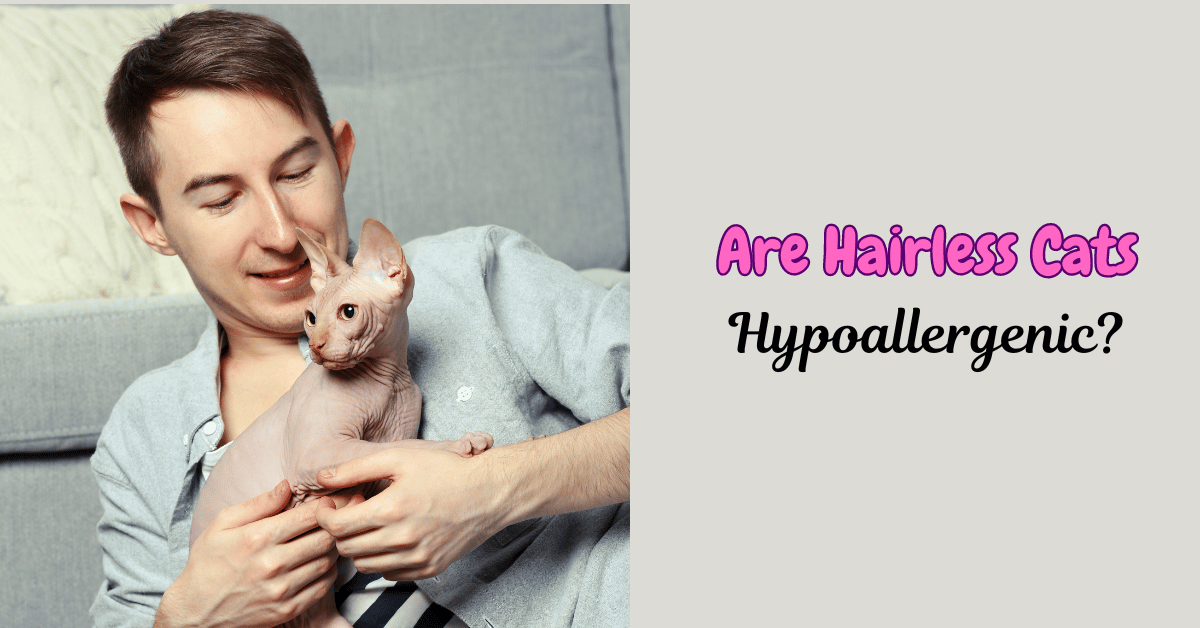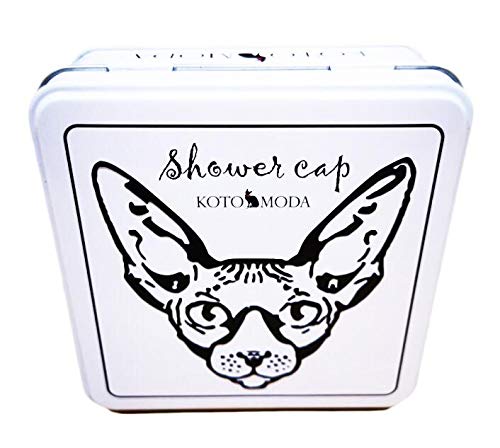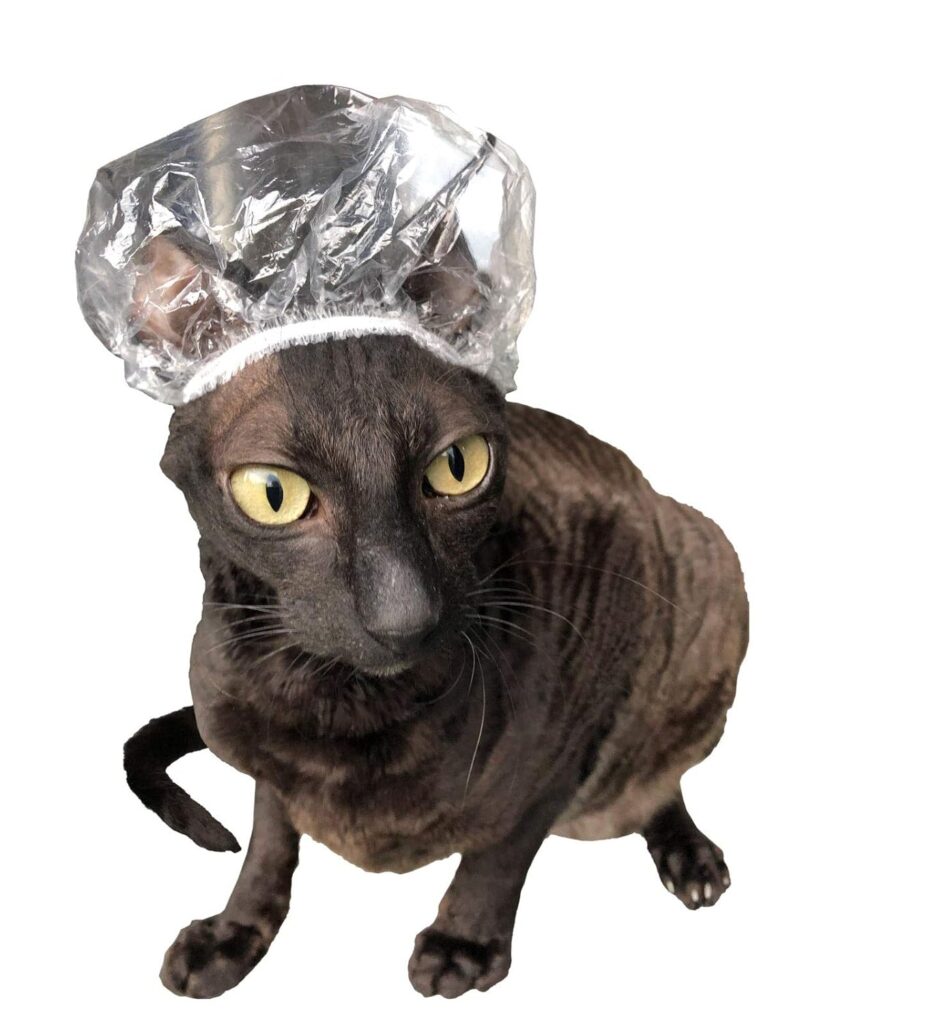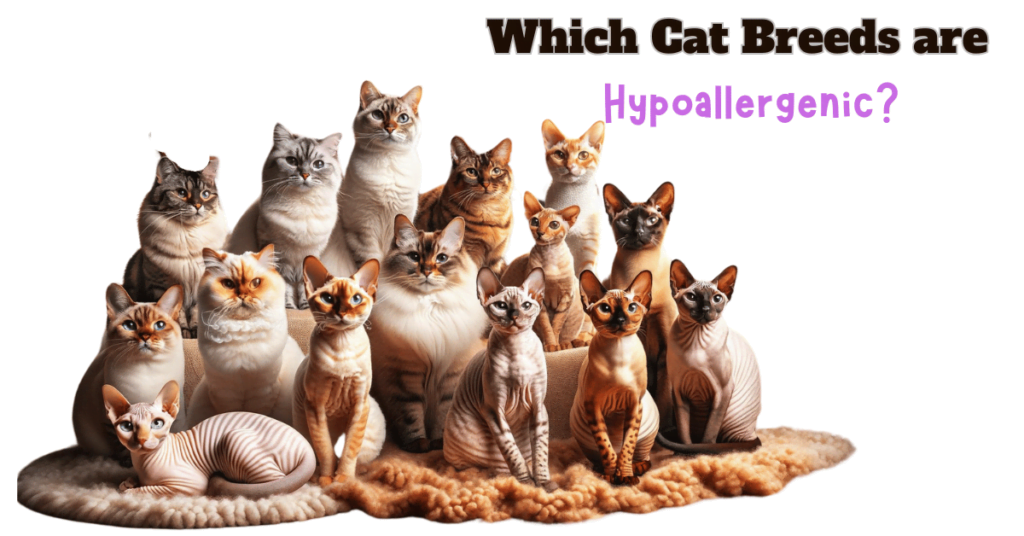This post contains affiliate links and I will be compensated if you make a purchase after clicking on my links.
What Does Hypoallergenic Really Mean?
When we hear “hypoallergenic,” it’s like a magic word that promises sneeze-free days and itchless nights. But what’s the real scoop behind this buzzword, especially when it comes to our feline friends who don’t rock the fur coat look? Are Hairless Cats Hypoallergenic?
Simply put, hypoallergenic means less likely to cause an allergic reaction. It doesn’t wave a magic wand to banish all allergens but suggests a lower likelihood of triggering sneezes and sniffles.
The twist in the tail? There’s a common myth that pets, especially cats, who lack a lush mane or any hair at all, are automatically hypoallergenic. Let’s just say it’s a bit more complicated than that. Many potential pet parents dream of a fur-free household as a clear solution to their allergy woes, but the reality might not be as straightforward as they imagine.
The Naked Truth: Are Hairless Cats Hypoallergenic?
Enter the realm of hairless cats, such as the Sphynx, Peterbald, and the lesser-known Bambino. These cats are often paraded as the go-to option for allergy sufferers. However, if we dig deeper into what actually causes allergies, we find that the main culprit is not cat fur itself but a protein called Fel d 1, which is found in cat saliva, skin secretions, and yes—even in the fur, but it’s not the fur’s fault!
Hairless cats, though not equipped with a magical allergen-blocking shield, can be a better option for allergy sufferers when compared to long-haired breeds—if their grooming needs are diligently met.
These unique cats still produce Fel d 1, the primary allergen found in cats, through their grooming habits. This protein, present in their saliva, ends up all over their skin as they lick themselves, much like any other cat. However, because they lack a thick fur coat, these allergens don’t get trapped in hair and can be more easily washed away during regular baths.
The advantage here is that without fur, the allergens have fewer places to hide, making them more accessible for removal through bathing. Regular and thorough baths can effectively reduce the amount of Fel d 1 on the skin of hairless cats, potentially decreasing the allergens released into the environment.
Scratching Beneath the Surface: How Hairless Are Hairless Cats?
So, how hairless are these so-called hairless cats? While the name suggests a completely bald beauty, the truth can be a bit fuzzy. Many hairless cat breeds aren’t entirely devoid of fur. For example, the Sphynx, the poster child of hairless breeds, often sports a fine layer of peach fuzz that gives their skin the texture of warm suede. This subtle coat doesn’t necessarily diminish their allergenic potential, especially since allergens are still present in their skin oils and saliva.
The grooming rituals of hairless cats add another layer to this fluffy dilemma. These feline enigmas are known for their oily skin, which requires regular baths to prevent greasy buildup and reduce the spread of allergens. Yes, bathing a cat sounds like a feat worthy of Hercules, but for owners of hairless breeds, it’s just another day in the park—or should we say, another day in the spa?
Fur-free But Not Carefree: Managing Allergens in Your Home
Living with a hairless cat is not all about endless hairball-free days. It comes with its own set of challenges, especially when it comes to managing allergens. Here are a few tips to keep your home as hypoallergenic as possible, even with a hairless hottie roaming around:
- Frequent Baths: Lather, rinse, and ideally, reduce allergens. Bathing your hairless cat regularly can help minimize the amount of skin oils and allergens they spread around your home.
- Clean and Clear: Regular cleaning of your cat’s favorite hangouts—like their beds, blankets, and your lap—is essential. Use hypoallergenic cleaners to wipe down surfaces and wash fabrics to keep allergens at bay.
- Hands-On Hygiene: After cuddling your cute companion, make sure to wash your hands thoroughly. It’s a simple yet effective way to prevent transferring allergens to your face or other parts of your house.
- Air it Out: Invest in a good air purifier with a HEPA filter to capture airborne allergens. These devices can be a game-changer in maintaining a fresher and less sniffle-inducing atmosphere at home.

The Final Verdict on Hairless Cats Being Hypoallergenic
It’s time to claw at the curtain and reveal the truth: are hairless cats the hypoallergenic heroes they’re chalked up to be? The answer is a mixed bag. While they may not be the complete solution to your sneezy woes, their maintenance routine plays a pivotal role in how hypoallergenic they can be.
Hairless cats offer a unique pet ownership experience and can be a good fit for those willing to invest time in frequent grooming and home cleanliness. Their minimal fur does mean less airborne hair, but remember, it’s the proteins in their saliva and skin that call for the tissues and allergy pills.
So, before you leap into the lap of a hairless cat, consider if you’re ready for the regular spa days, the vigilant home upkeep, and a bit of sneeze management. With the right preparation, owning one of these bare beauties can be a delightful experience—just perhaps not as sneeze-free as hoped.
Ready to make a hairless cat part of your family or looking for the best products to keep them clean and allergen-free? Explore our Hairless Cat Breeds Catalog for everything you need to care for your sleek, chic feline friend.
Meet Sean, a fintech whiz with a penchant for pet purrs and blockchain buzz. After a decade of fintech feats, Sean’s tech talents leaped from ledger lines to litter lines, driven by a passion for pets and a vision for a more connected pet care community. With three critter companions as co-pilots, Sean launched this blog to share a treasury of pet-friendly tech tips and tales.






